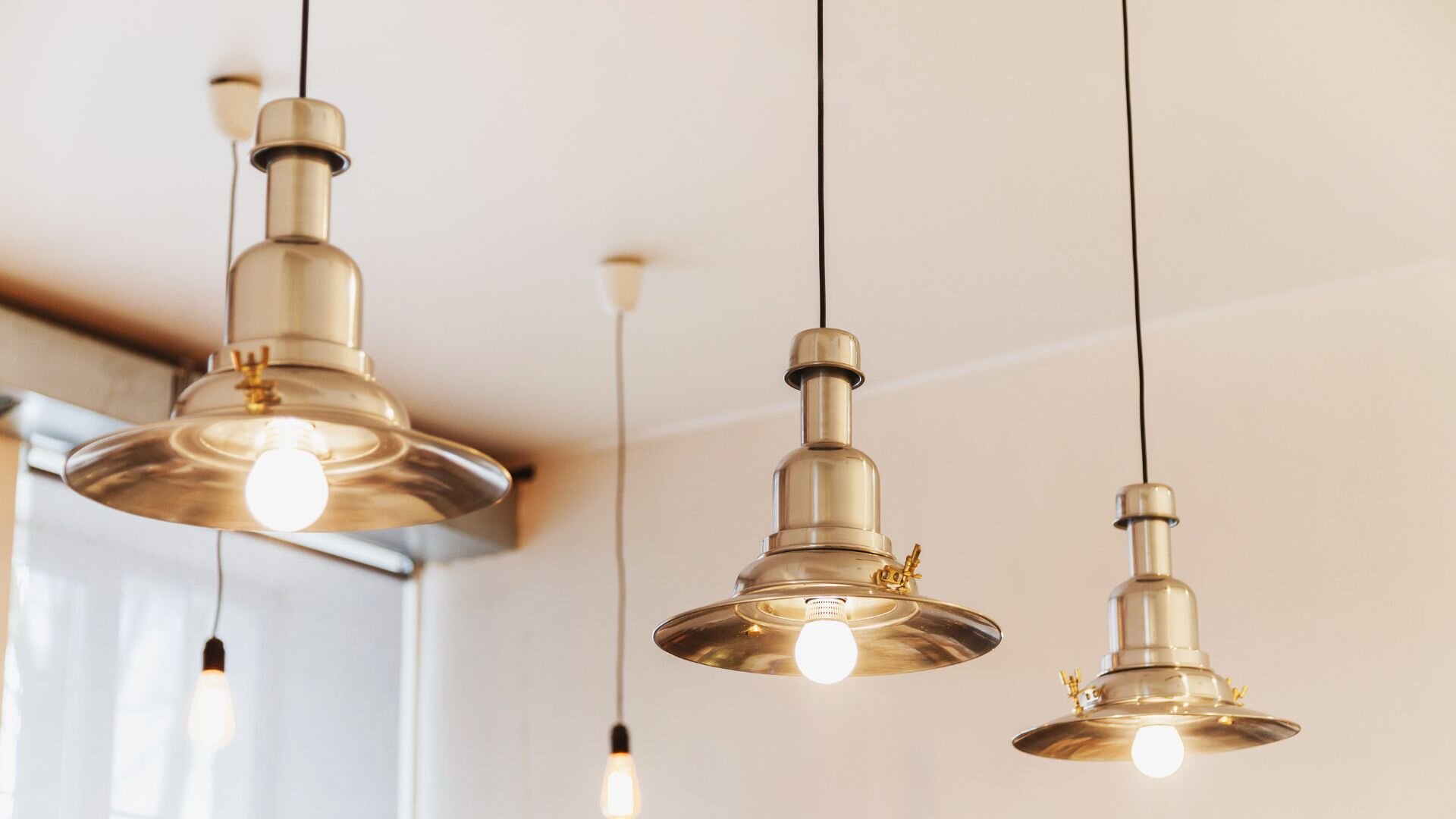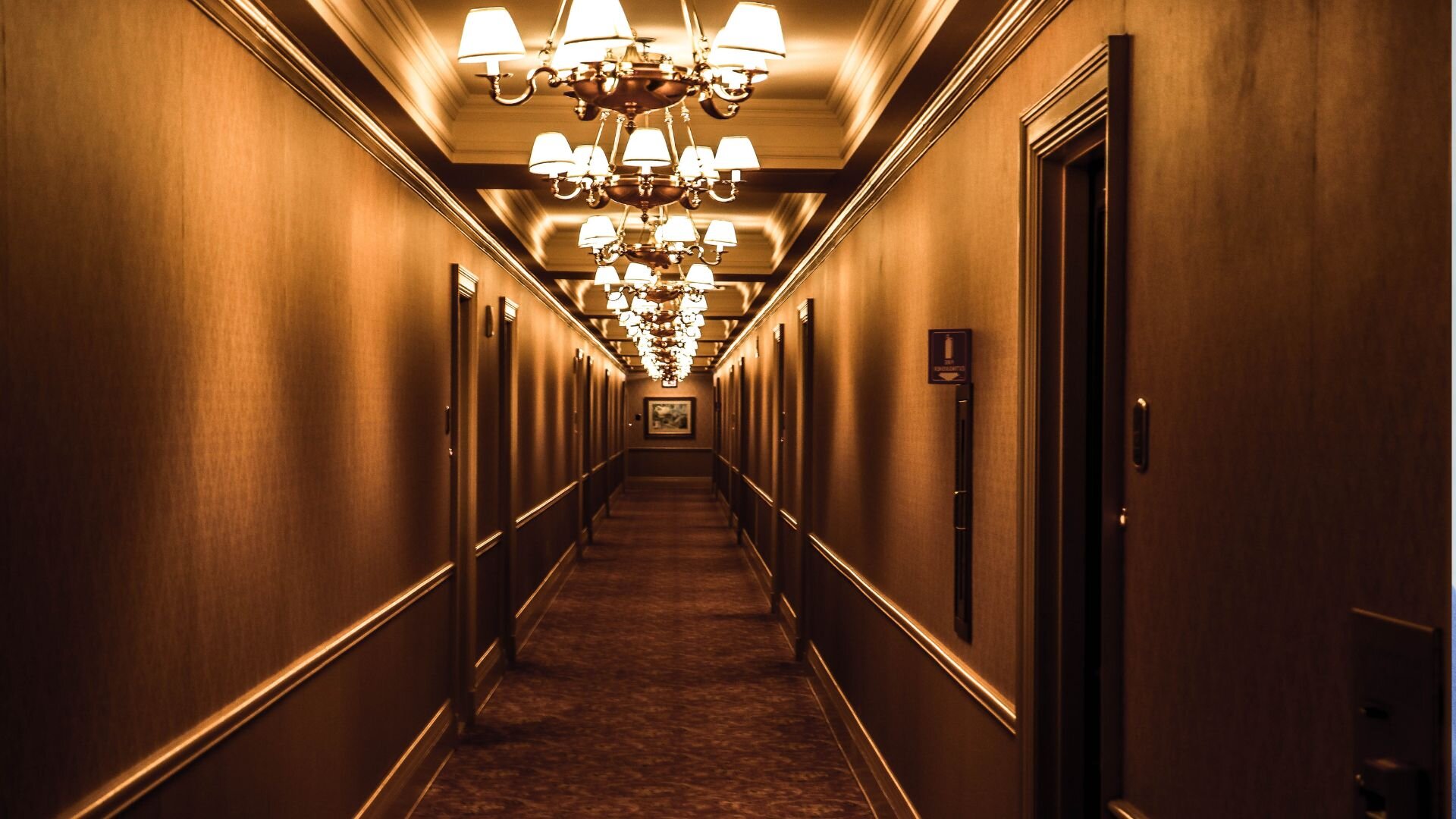Lighting plays a vital role in strata buildings, not only by providing safety and comfort for residents but also enhancing the property’s aesthetics. Yet, traditional lighting systems often rack up high energy costs, demand frequent maintenance, and suffer from inefficiency. These problems are particularly noticeable in common areas such as car parks, fire stairs, and other shared spaces requiring consistent brightness for long durations.
At Enersol, our Commercial Electrical Services - Fortunately, LED lighting has emerged as a sustainable and cost-effective solution for strata complexes. By switching to energy-efficient LED lights, owners of corporations can significantly reduce their electricity charges and maintenance expenses. LED light bulbs consume less energy compared to traditional fluorescent tubes and other bulbs, resulting in substantial energy savings over time.
In addition, LEDs have a longer lifespan, which translates to fewer replacements and lower maintenance costs. Learn more about proactive electrical maintenance strata properties. With the potential to save money on energy bills and outgoing costs while also providing brighter and more environmentally friendly lighting, LED lighting upgrades have become an attractive investment for strata buildings.
In many instances, the savings on energy and maintenance lead to a short payback period, making LED upgrades a wise choice for any strata property. This translates to significant value in a short time frame, highlighting the financial prudence of such investments.
The High Cost of Traditional Lighting in Strata Buildings

Energy Consumption and Electricity Bills
Traditional lighting sources, such as incandescent and fluorescent light bulbs, are notorious for their high energy consumption. These lights are inefficient, converting a significant portion of their energy into heat rather than light. In strata buildings with extensive common areas, such as fire stairs, hallways, and car parks, the cumulative effect of using these inefficient light bulbs can be staggering. The high energy usage translates directly into elevated electricity charges for the owner corporation, as lighting in common property areas is a major contributor to the overall energy bills of the strata complex.
Environmental Impact
Beyond the financial burden, the high energy consumption of a traditional lighting system in strata buildings also has a significant environmental impact. The electricity generated to power these inefficient lights often comes from fossil fuel sources, contributing to greenhouse gas emissions and climate change.
Maintenance Costs
One major issue with traditional lighting in strata buildings is the frequent maintenance it demands. Incandescent and fluorescent bulbs don’t last as long as modern LEDs, meaning they need regular replacing. This not only spikes the outgoing costs for the owner’s corporation but also eats up time and effort from strata committees managing these tasks. Moreover, disposing of these bulbs, especially fluorescent tubes, which contain toxic mercury, adds an extra layer of environmental challenges and costs.
The Advantages of LED Lighting
Conducting a thorough site inspection of the strata complex can reveal the extent of the lighting issues and help identify areas where improvements can be made. Upgrading to LED lighting offers numerous benefits for strata buildings. LED lights are highly energy-efficient, consuming significantly less electricity than traditional light bulbs while providing superior illumination. They also have a much longer lifespan, reducing the frequency of replacements and resulting in substantial maintenance savings over time.
In addition, LED lighting offers greater flexibility in terms of light quality and control. T hey can be easily dimmed or adjusted to create the desired ambience in common areas, and some advanced systems even incorporate motion sensors to optimise energy usage further.
By investing in a comprehensive LED lighting upgrade, strata buildings can experience significant impacts on their energy and maintenance savings, ultimately reducing outgoing costs for the owners’ corporation and enhancing the overall value and appeal of the strata complex.
The LED Lighting Revolution for Strata Buildings
Strata buildings are experiencing a lighting transformation with the advent of LED (light-emitting diode) technology. LEDs provide marked advantages over traditional sources like incandescent and fluorescent bulbs. Their outstanding energy efficiency is a big factor in cutting costs for strata communities. LEDs use just a fraction of the energy that traditional lights consume while delivering the same brightness. This results in substantial energy savings in common areas like hallways, stairwells, lobbies, and car parks.
The long lifespan of LED lights is another major advantage. These lights can last up to 50,000 hours, compared to just a few thousand hours for traditional bulbs. This translates to fewer replacements needed, significantly reducing maintenance costs and disruptions for residents. Strata committees no longer need to schedule frequent lighting replacements, freeing up time and resources.

Beyond the cost benefits, LED lights offer improved light quality. Unlike traditional lights that emit a harsh glare, LEDs provide a more natural light, enhancing safety and aesthetics in common areas. Residents benefit from better visibility in hallways and stairwells, improving overall safety. Additionally, the ability to adjust LED lighting allows for a more pleasant atmosphere in lobbies and other common areas.
Switching to LED lighting in strata properties significantly affects a building’s energy usage. By enhancing energy efficiency, strata communities are playing their part in nurturing a more sustainable future. This change not only benefits the environment but also aligns with modern efficiency standards.
Beyond Energy Savings: Additional Benefits of LED Lighting
While the energy savings from switching to LED lighting in strata properties are well known, the benefits extend far beyond lower electricity bills. LEDs offer significant improvements in safety and aesthetics for building occupants.
Common areas in residential buildings, like hallways, stairwells, and car parks, often rely on traditional lighting sources that can dim or flicker. This inconsistency can create safety hazards, especially for navigating stairs or poorly lit car parks at night. LEDs, with their brighter and more consistent illumination, provide superior lux levels – a measure of light intensity – which can significantly improve visibility and reduce the risk of accidents.
But LED benefits go beyond just safety. These lights can create a more welcoming and aesthetically pleasing environment throughout the building. Unlike older lighting systems, LEDs come in a wide range of colour temperatures, allowing for a warmer or cooler light depending on the desired ambience. This can transform sterile hallways and car parks into more inviting spaces for residents.
Plus, LED technology paves the way for advanced lighting control systems. Dimming controls allow for adjusting light levels in response to occupancy or time of day, further optimising energy savings.
Additionally, strata properties can explore smart lighting systems that integrate with motion sensors, automatically switching lights on and off in response to movement. This saves on energy costs and enhances user experience by ensuring lights are only on when needed.
So, while the energy savings from LEDs are a compelling reason to switch, the improved safety, aesthetics, and potential for smart controls make them a truly worthwhile investment for any strata property.
Making the Switch: Upgrading Your Strata Building Lighting

Upgrading lighting in strata buildings greatly boosts both energy efficiency and aesthetics. To ensure a smooth and successful transition, it’s important to engage a qualified electrician such as Enersol Electrical. Their expertise guarantees:
- Safety: Electrical work must adhere to strict regulations, and electricians skillfully manage these complexities to ensure a safe, compliant upgrade.
- Efficiency: They evaluate your building’s requirements and suggest the optimal LED fixtures to maximise energy savings.
- Seamless Installation: Skilled electricians oversee the entire process, minimising disruption for residents.
Now, let’s explore choosing the right LED lighting for common areas:
- Hallways: Opt for bright, energy-efficient fixtures with motion sensors for additional savings.
- Car Parks: Consider high-lumen LEDs that provide excellent visibility for improved safety.
- Lobbies: Choose dimmable LEDs that create a welcoming ambience while maintaining energy efficiency.
Many government and utility providers offer rebates and incentives for strata buildings transitioning to LED lighting. Enersol Electrical can help you navigate these programs and maximise your cost savings.
By partnering with a qualified electrician and considering these factors, your strata building can enjoy a smooth lighting upgrade with significant cost and energy benefits.
Brighter Strata, Brighter Future: Upgrade to LEDs with Enersol Electrical
Upgrading your Strata building’s lighting to LEDs can significantly improve your bottom line. Not only will you see a substantial reduction in energy bills thanks to LED’s lower wattage, but you’ll also benefit from far less frequent maintenance due to their extended lifespan. Additionally, LEDs offer superior light quality, enhancing safety and security in common areas.
Make the smart choice for your Strata building. Enersol Electrical offers free consultations to assess your specific needs and recommend the most cost-effective lighting solutions for your strata buildings. Invest in a brighter future – contact Enersol Electrical today!
Strata Building Lighting FAQs
Why upgrade our strata building’s lighting?
Upgrading to LED lights offers significant benefits. LEDs use less energy (reducing electricity bills), last longer (lowering maintenance costs), and provide a cleaner, brighter light. This can improve safety and security in common areas.
Are LEDs the only option?
While LEDs are the most efficient choice, some areas might benefit from CFLs (compact fluorescent lamps) for specific needs. However, LEDs are becoming increasingly versatile and dimmable options are widely available.
Who pays for lighting upgrades in a strata building?
The cost of lighting upgrades is typically shared by all residents through strata fees. Upgrading to LEDs can lead to long-term cost savings, making it a worthwhile investment.
How do we decide on lighting upgrades in our strata?
Consult with a qualified electrician or lighting professional. They can assess your building’s needs and recommend the most cost-effective solutions. Discuss options and vote at a strata council meeting. Explore our Commercial Electrical Services to learn more.